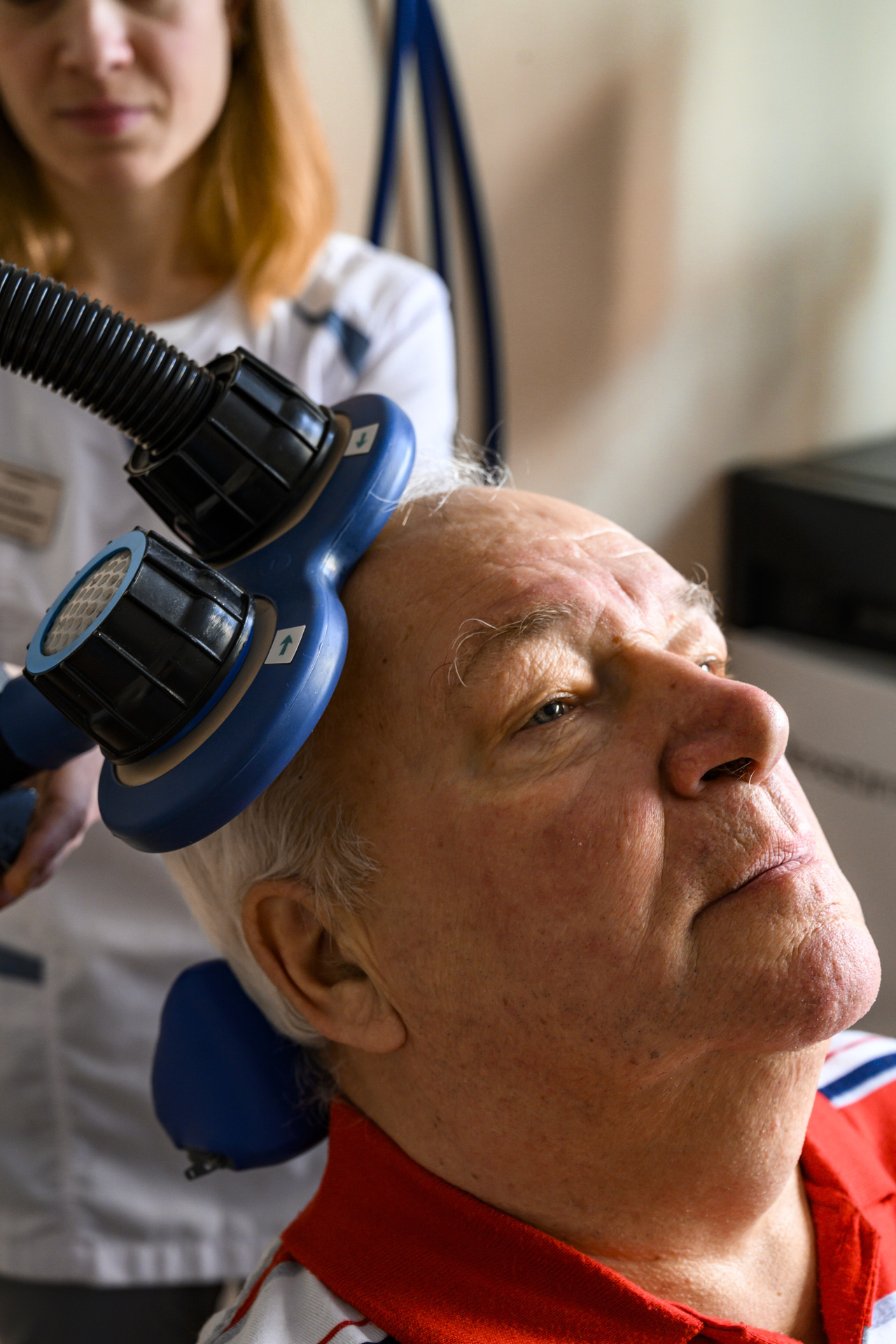UICC
Breast cancer advocacy handbook
Report
30 Oct 2024

Headache disorders, characterized by recurrent headaches, are among the most common disorders of the nervous system. A headache is a painful and disabling feature of primary headache disorders, namely migraine, tension-type headache and cluster headache. Headaches can also be caused by or occur secondarily to a long list of other conditions, the most common of which is medication-overuse headache. Headaches, particularly migraine, can also affect children and adolescents but can affect them in different ways. Children’s migraines often affect both sides of their head and are usually shorter in duration. But, similar to adults, migraines in childhood and adolescence can result in missing school, sports and other activities.
Information presented on this page has been replicated from the linked WHO fact sheet. Please always refer to the original source on who.int for the latest version. Last update: March 2024.